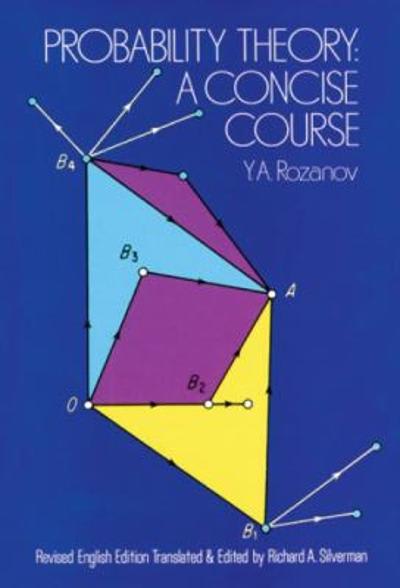Question
(i need help with some of the questions, i did questions 1-5 but I am stuck on questions 6-9 and final question. Please be kind
(i need help with some of the questions, i did questions 1-5 but I am stuck on questions 6-9 and final question. Please be kind and share the step-by-step calculations and explanations for 6-9 and final question as they are very helpful as I'm having a hard time understanding them)
- When reporting numerical figures, please use one decimal place of accuracy.
Assignment Scenario:
Purple Loosestrife (lythrum salicaria) is a hearty plant with an aggressive rate of growth. When introduced into a wetland ecosystem, the plant will grow quickly and "choke" out other vegetation until it becomes the dominant species. This rapid change in biodiversity has experts concerned about the state or health of the Northern Ontario wetlands and several studies have been conducted to determine how to control the growth and spread of Purple Loosestrife.
One such study involved the release of Galerucella beetles; an insect which feeds almost exclusively on the plant. Before the beetles were released, the growth rate of lythrum salicaria was assessed in five test zones. A month after the release of the beetles, the growth rates at the test zones were re-observed. The growth rates before and were as follows:
| Zone 1 | Zone 2 | Zone 3 | Zone 4 | Zone 5 | |
| Baseline | 3.0 m2/day | 2.0 m2/day | 2.5 m2/day | 1.0 m2/day | 2.5 m2/day |
| After | 4.5 m2/day | -1.5 m2/day | -0.5 m2/day | -0.5 m2/day | -1.0 m2/day |
[ATTENTION: The "-" sign indicates the plant growth is decreasing]
Questions:
1. For this experiment, would you recommend a one-tailed hypothesis, or a two-tailed hypothesis. Explain why. [1 mark]
- i chose a one-tailed hypothesis so no need to work on.
2. State the null and alternate hypotheses (using a full sentence for each). [1 mark]
- no need to work on.
3. Using only the information given in the scenario, which level would you recommend for this study? Explain why you have made this choice. [1 mark]
- i chose an alpha level of .05, so no need to work on.
4. Which of the three t-tests we have learned about in class would be the best match for this experimental design? Explain why. [1 mark]
- i chose a paired samples t-test, so no need to work on.
5. What is the critical value of t that should be used for this study? (Look this up in a t-table.) [1 mark]
- since the degrees of freedom is 4, the level of confidence is .05 and it's a one-tailed hypothesis, the critical value would be -2.13, so no need to work on.
6. Using the information given in the scenario, calculate the t-test statistic. [3 marks] NEED HELP
- Having so much trouble with this question. 2 People have done it and they got a standard deviation of s=2.12 (which i have no clue how they got it from so I need help with that). I got the same mean difference as them, which is -2 and n=5.
they got a critical value of -2.11 but I can't do the calculations as I don't know how they got the standard deviation of 2.12. And the null hypothesis would replace the mean of the population so it would be 0.
7. Calculate Cohen's d. [1 mark] NEED HELP
- they got d=0.943 but i don't know how to get that since I need the sample standard deviation from question 6.
8. Calculate the confidence interval for the predicted mean. [1 mark] need help
9. Based on the results Questions 5-8, draw a reasonable conclusion for this study. Report this in both words and the appropriate Appa-formatted statistic. (i.e. z(#)= #.#, p (> or <) ) [3 marks] need help
Final question (NEED HELP)
Did you notice anything peculiar with Zone 1? Take another look at this group in the larger context of this experiment, describe what you see, and hypothesize one possible cause for this anomaly. Then, assuming your hypothesis is correct, describe what could you to the data to re-evaluate the t-statistic? Recalculate the t-test after making your proposed changes and reinterpret the results of Questions 5-9. [Show all new calculations].
Step by Step Solution
There are 3 Steps involved in it
Step: 1

Get Instant Access to Expert-Tailored Solutions
See step-by-step solutions with expert insights and AI powered tools for academic success
Step: 2

Step: 3

Ace Your Homework with AI
Get the answers you need in no time with our AI-driven, step-by-step assistance
Get Started


